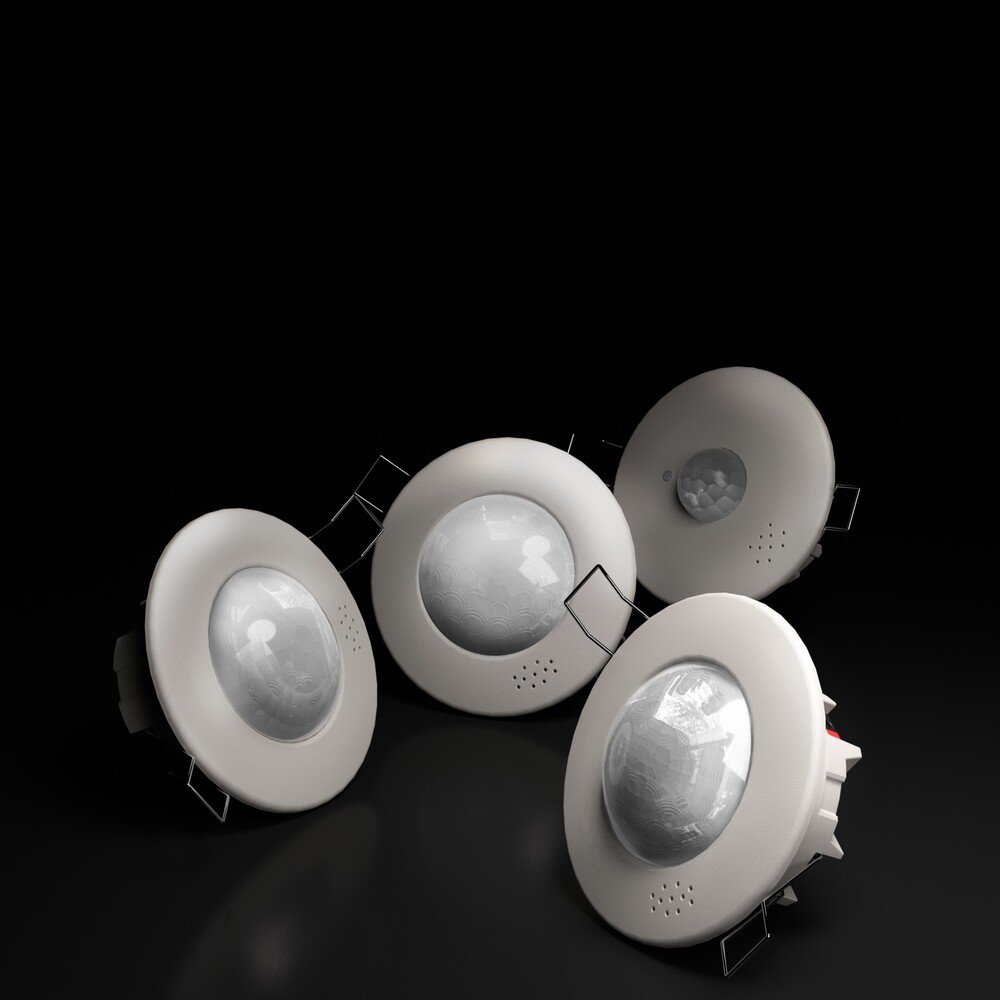Automation Works Through Sensors
Building automation only becomes truly intelligent when systems respond dynamically to real-time conditions.
This is made possible through the integration of sensors that provide the system with continuous and accurate data.
For example, when the sun shines brightly through the windows, the shading system (e.g., blinds or curtains) can automatically lower
to maintain comfort and reduce energy consumption. If someone enters a corridor, motion sensors trigger the lights to brighten.
When indoor temperatures begin to drop, the heating system can activate on its own to maintain a consistent climate.
Such responsive behavior requires that the KNX system is fed with relevant environmental values — such as light intensity,
motion, temperature, humidity, or CO₂ levels — all captured via dedicated sensors placed throughout the building.
Once the data is available, the KNX system can be configured with predefined logic and automation rules.
These rules ensure that the building reacts in a coordinated and efficient manner, without the need for manual input.
In short: it is the sensors that give a KNX system its intelligence — enabling it to make decisions,
optimize energy use, and enhance comfort, security, and convenience automatically.



